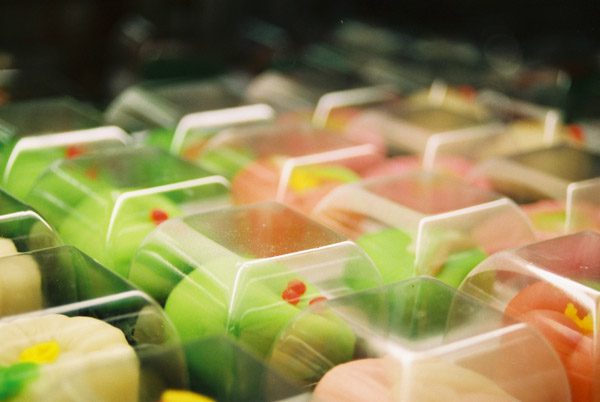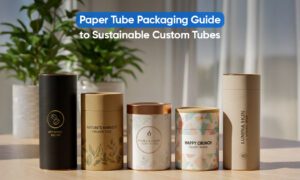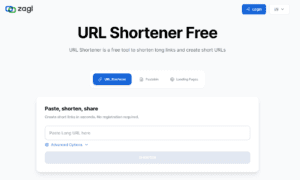The global edible packaging market is likely to gather momentum from the thriving food sector across the globe. The food sector plays a crucial role in the financial system of any nation. Packaging of food products needs to be durable, attractive, and leak-proof to prevent any spoilage of food. Various types of containers such as sachets, bottles, tubs, cups, and cans are mostly utilized in the packing of various food items.
Popularity and rise in the demand for packaged food across the globe has changed the packaging industry. This factor is likely to play an extremely vital role in the growth of the global edible packaging market over the tenure of projection. Many vendors in the food packaging industry are relentlessly trying to make innovation through use of various types of packaging materials. These new, innovative materials are expected to prevent contamination of food items and retain its freshness. In addition, designs of packaging are likely to influence the buying decision of the consumers, who mostly go for attractive yet sturdy packaging solutions. These innovations in the food packaging industry are likely to encourage growth of the global edible packaging market over the timeframe of assessment.
Rising Demand for Biodegradable and Safe Packaging to Drive Growth of the Market
The global edible packaging market is being driven by increasing demand for biodegradable packaging across the world, expanding business of processed food, and rise in innovation in food packaging business.
Edible packaging is a thin substance used to wrap or cover food and medications to increase their shelf life. It can be eaten with the product or removed before consumption. According to FDA regulations, packaging materials must comply to the qualities of safe-food components in order to achieve Generally Recognized As Safe (GRAS) designation. Edible packaging is generally made from biomass, such as plants and animals, and is hence biodegradable.
Film-forming material, additives, and plasticizer are the three main constituents of edible packaging or film. In order to make a film-forming dispersion (FFD), edible films need an appropriate solvent, which is often water and alcohol or aqueous alcohol. Primary film-forming materials include proteins, polysaccharides, lipids, and combinations or mixtures of these. In order to improve the protective characteristics of edible film or packaging, plasticizers and other functional additives such as antioxidants, vitamins, antibacterial agents, essential oils, pigments, and chemical preservatives are utilized.
To prevent packaging failure, edible packaging is subjected to a variety of quantifiable quality factors. Moisture and gas barrier qualities, mechanical capabilities, transparency, cohesion, microbiological stability, adhesion, mechanical capabilities, moisture adsorption capacity, solubility, sensory and organoleptic properties are among the key criteria assessed. The look, smell, and taste of the packaged food are usually unaffected by edible packaging. Recent innovation, on the other hand, has enabled the product to transfer vitamins, aroma volatiles, and flavoring ingredients to the packaged commodities.
In the global Edible Packaging market, protein is the most popular material. Casein, gelatin, plants, soy, whey, collagen, zein, and gluten are all used to make protein films. Protein-based films outperform polysaccharide and lipid-based films in terms of gas barrier characteristics. In addition to that, due to the unique structure of protein, these films have greater mechanical characteristics than conventional material segments.
Asia Pacific to Offer Lucrative Growth Opportunities for the Market
The global edible packaging market has been garnering importance amongst the consumers and manufacturers alike owing to the increasing concerns over single-use plastics and their probable ban. Progress made in raw materials for making of edible packaging solutions have also facilitated in the improvement of prospects amongst the manufacturers. In addition, the global edible packaging market is estimated to ride on the back of its ability to diminish wastage, which is otherwise generated by single use plastics. Edible packaging solutions has gained popularity has an alternative for containers in delivery and food service applications across various applications.
In the global edible packaging market, India, Indonesia, and China are expected to be amongst the major regions targeted by the distributors and manufacturers of edible packaging solutions. Favorable policies by the regional governments together with an established base of raw materials for the making of such packaging solutions is likely to support growth of the edible packaging market in the years to come.
Request a sample to get extensive insights into the Edible Packaging Market- https://www.transparencymarketresearch.com/sample/sample.php?flag=S&rep_id=12899



































